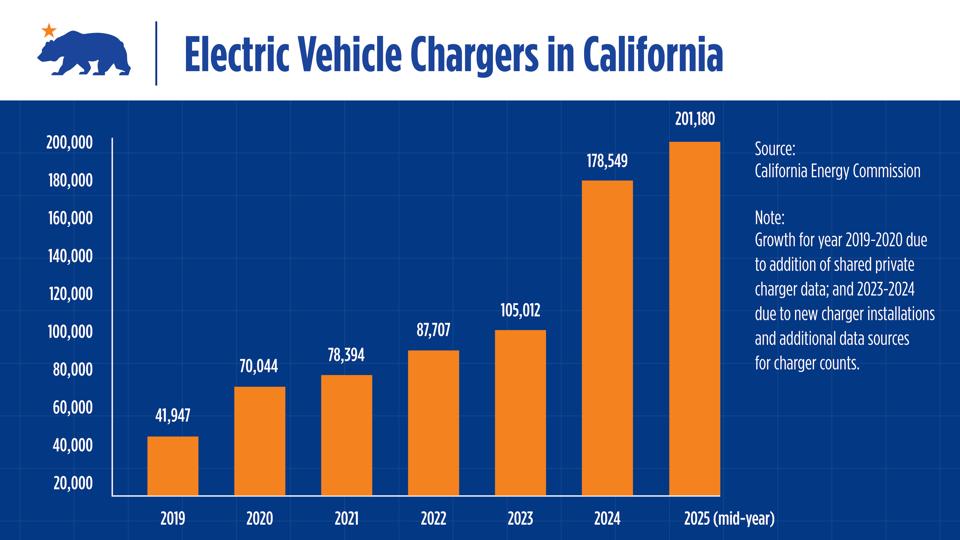With only days until the clean car tax credit expires, the race is on to save money on electric vehicles.
The federal $7,500 subsidy for clean car purchases and leases ends on Tuesday, leaving in its wake an uncertain EV future. But until the provision in President Donald Trump’s One Big Beautiful Bill Act, passed in July, goes into effect on Oct. 1 it’s been an EV frenzy.
Scott Kunes, COO of Kunes Auto and RV Group in the Midwest, advised in a phone call last week, “Take the opportunity for the federal tax credit while it’s still out there.” He said he’s seeing “a lot of EV interest out there” — especially for lower-priced EVs like the Ford Mach-E, Volkswagen ID. 4 and Chevy Equinox EV. All start under $40,000.
Automotive research firm Edmunds forecasted an overall car sales boost this quarter (July to October) thanks to upcoming tariff worries and the end of the EV credit. But when September ends, it’ll be a different EV sales landscape.
Ivan Drury, Edmunds’ director of insights, wrote in an email, “The end of the tax credit created a rush in September…EVs currently make up roughly one in every 22 vehicles on dealer lots, and without that incentive in place, dealers and automakers may need to get creative to keep those vehicles moving.”
Meanwhile, California announced a clean energy milestone last week: 200,000 EV chargers throughout the state. In an email, CEC Commissioner Nancy Skinner wrote, “Our goal is to make driving an EV a no-brainer choice for Californians.”
Last-Minute Deals
Rivian blasted out an email over the weekend emphasizing the final opportunity to take advantage of up to $7,500 off purchases and leases. Tesla’s Model 3 landing page highlights, “Secure the $7,500 Federal Tax Credit. Order by September 30. Take delivery later.”
The CEC notes $4,000 is discounted for eligible used vehicles and home charging and battery storage credits up to $1,000 are also part of the expiring program.
Kunes said dealers are making a “concerted effort to get rid of the more expensive EVs” which will be harder to sell after Sep. 30 with fewer discounts. He said vehicles like the GMC Hummer EV and Sierra EV with $100,000 price tags are harder to move even with federal discounts.
Lease Loophole Strikes Again
For new purchases, the tax credit has stringent eligibility requirements. But under the “Lease Loophole” the max $7,500 discount is automatically knocked off any EV lease. With Tuesday’s expiration date putting new purchases on a strict timeline, leases give buyers as many as three years to take advantage of the subsidized pricing.
“You’re locked into this ecosystem that hopefully will continue to grow,” Kunes noted. But it’s ultimately a hedge and keeps EV owners in a good position to give the car back to the lender in a few years if the EV market isn’t as strong.
Cars.com compiled a list of finance deals from Acura to Volkswagen ahead of the deadline.
What’s Next? Affordable EVs.
Beyond lease pushes for the remaining days of September, the pressure is even stronger for carmakers to offer more affordable EV options. Electric car prices briefly dropped below gas-powered vehicles for the first time—but only because of the EV credit ending and extra incentives to purchase EVs before the end of the month. EV demand is expected to drop after October and into the new year.
But if sub-$50,000 EVs can continue to catch car shoppers attention like the relaunched 2027 Chevy Bolt EV, demand could stay steady and bring with it more infrastructure development, federal subsidy or not.

